For many people, a dog or a cat is simply just a pet or an addition to the family. But for others, an animal can mean so much more. According to serviceanimal.edu, there are more than 10,000 service animals in the United States, 2,000 of which are in California. This is to assist the 43 million plus disabled adults in America. Service animals are characterized as a dog that has been trained to perform specific tasts for an individual with a disability. They can assist in guiding the blind, altering the deaf, opening doors for those in wheelchairs and altering their owner when they are in crisis. Similarly are emotional support animals (ESAs). They classification of assistance animals is a fairly new phenomenon. An ESA is an animal that provides support and comfort to pepoel which anxiety, depression or other mental challenges. They do not neccessarily need to be specifically trained, but do require a doctor's referral. ESAs can assist in reminding their owners to take medication, removing individuals from dangerous situations and providing service checks for pepole with PTSD.
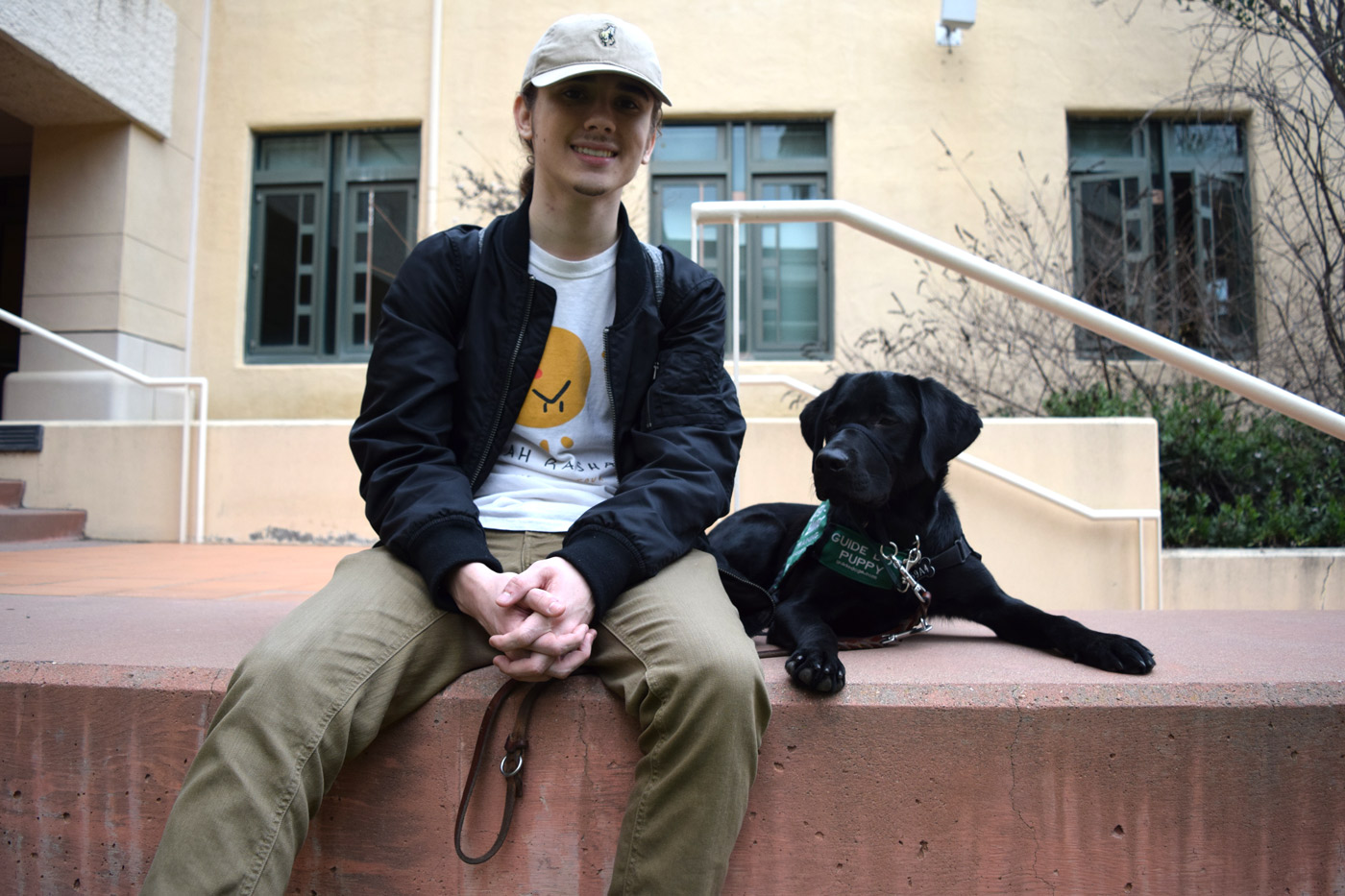

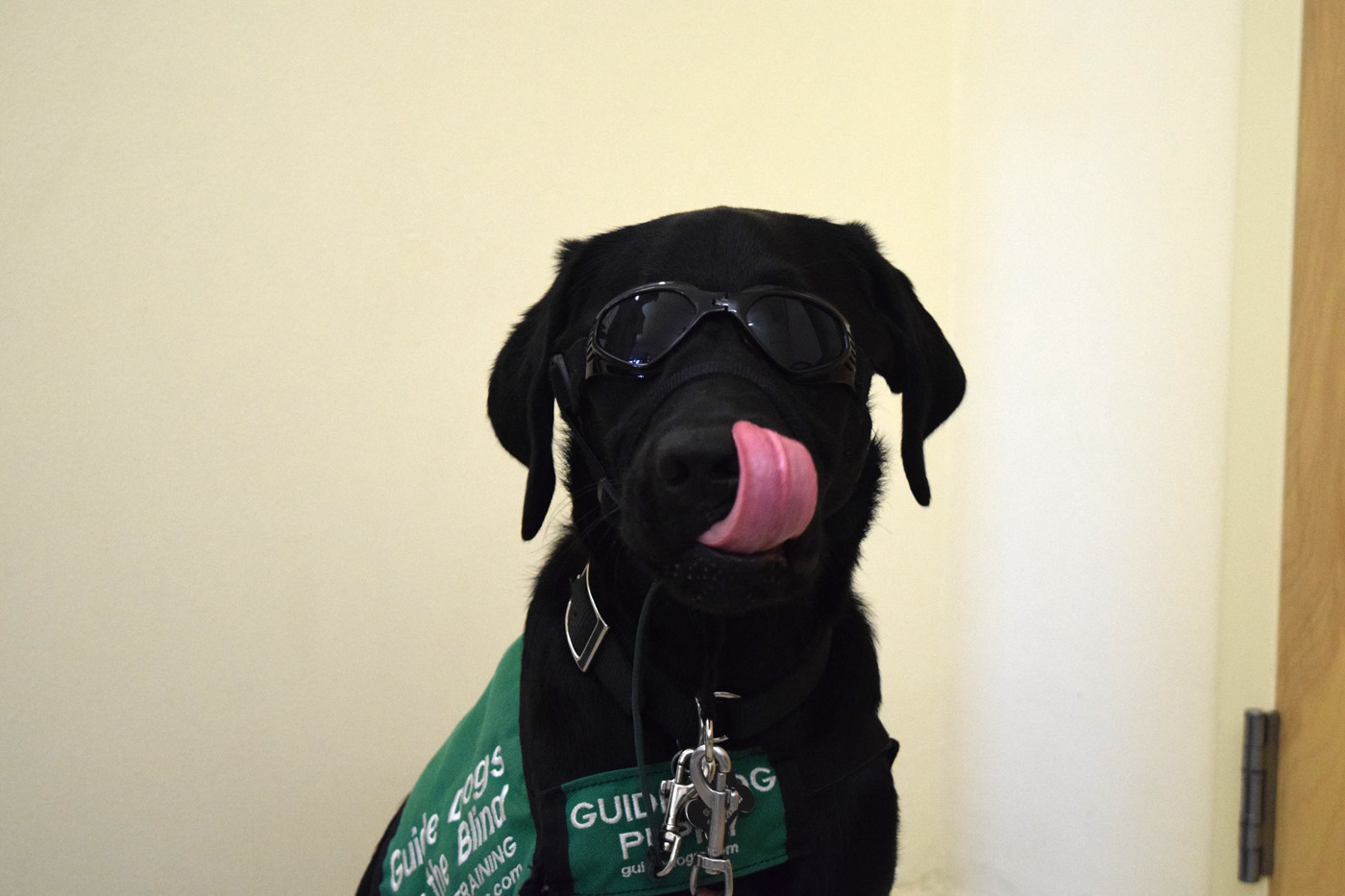
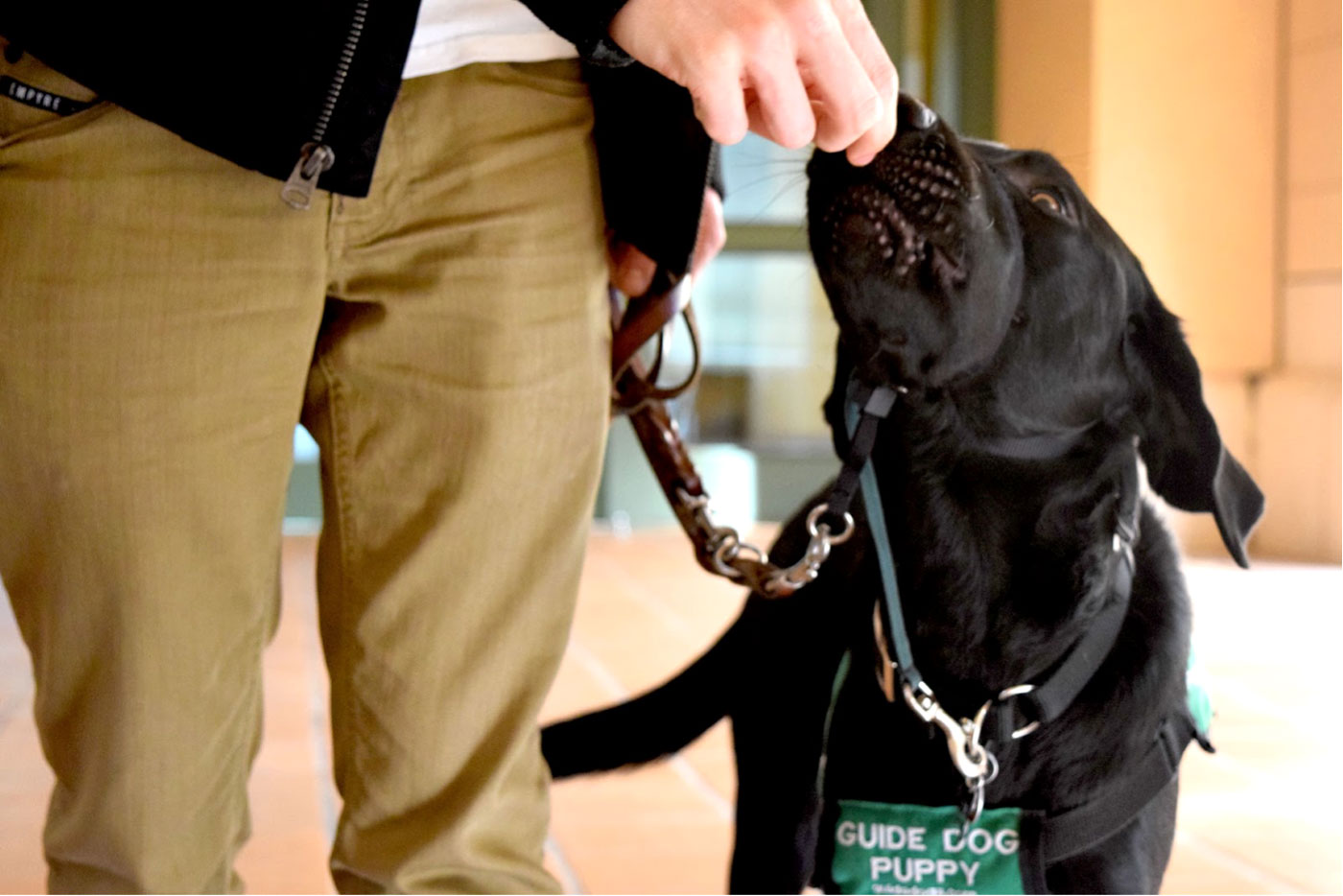
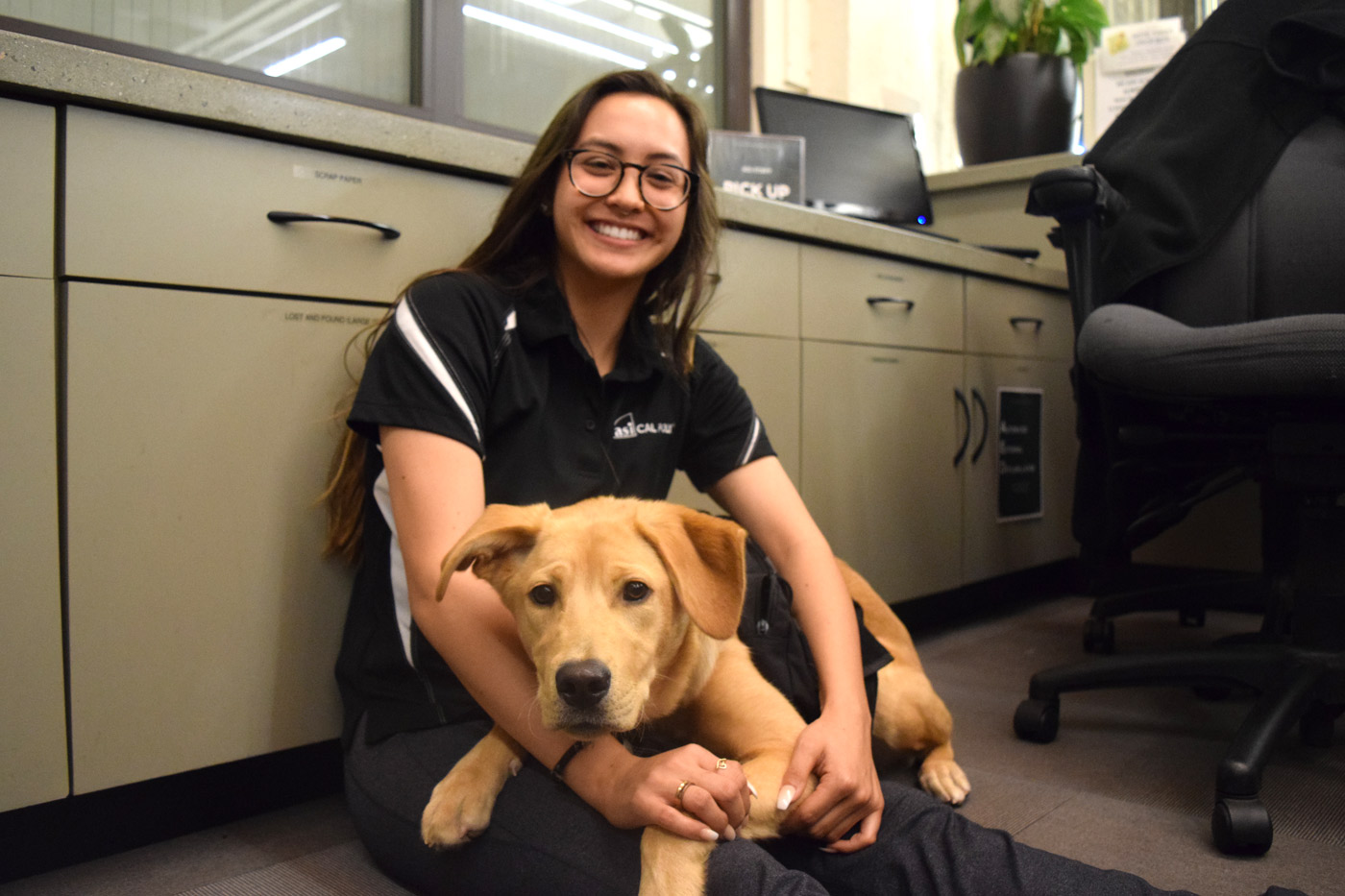




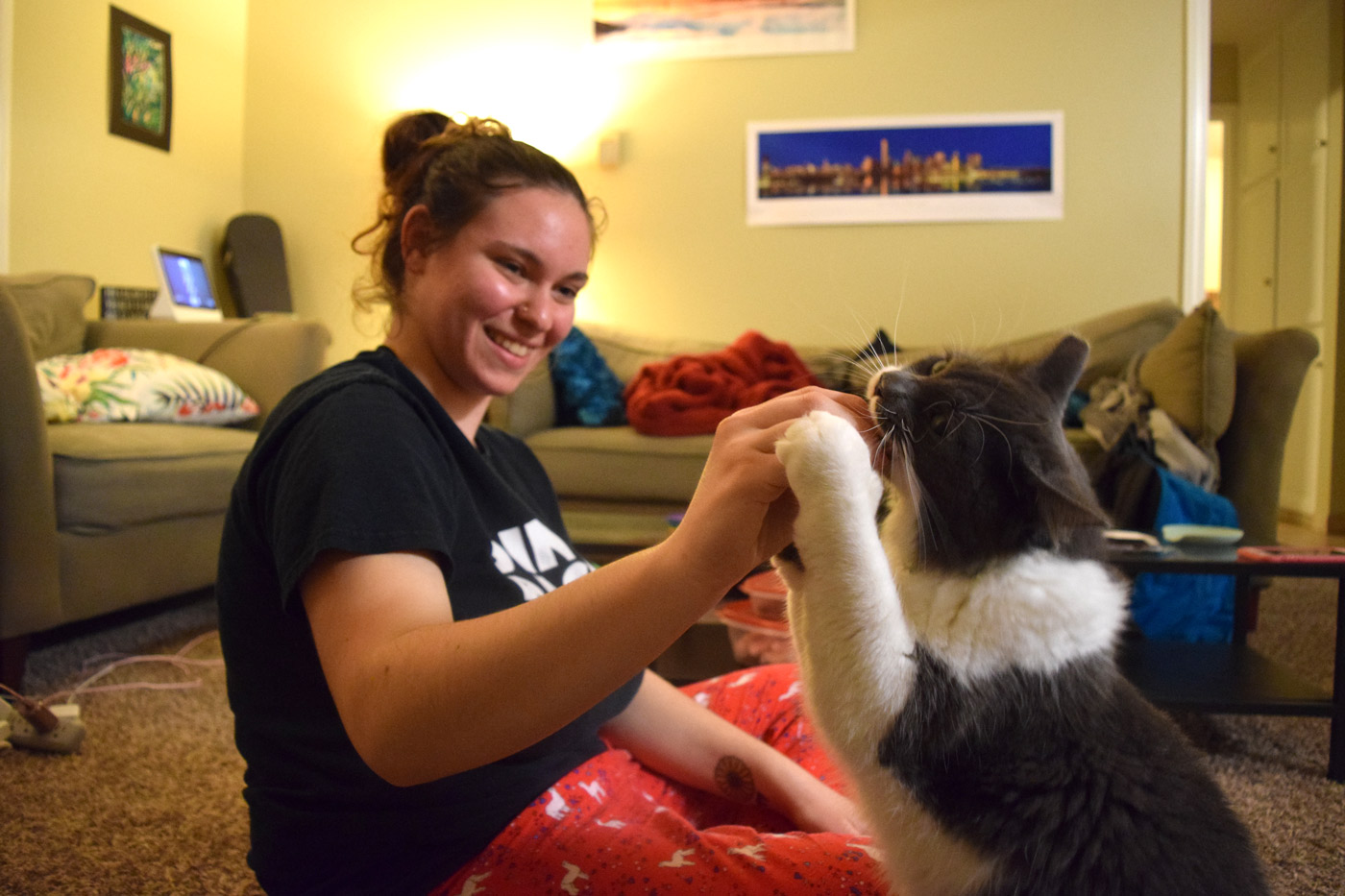
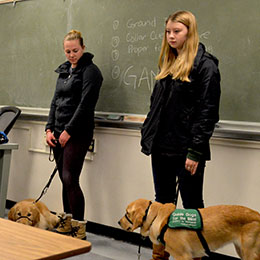 />
/>

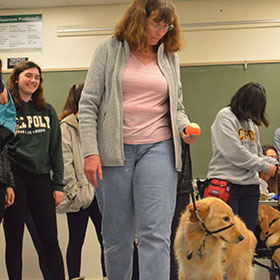 />
/>
